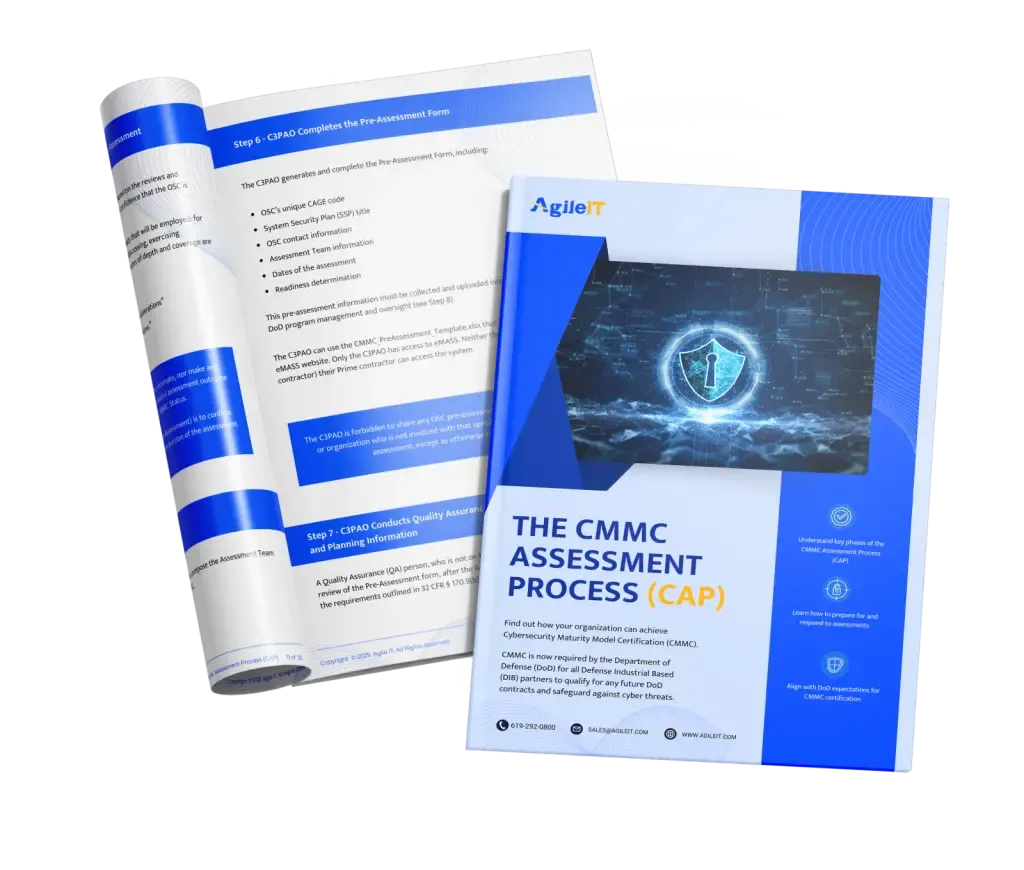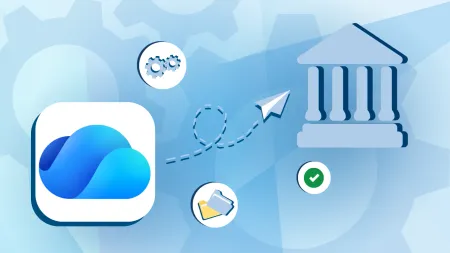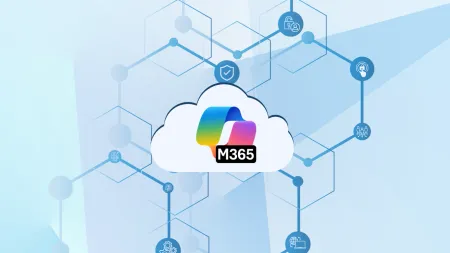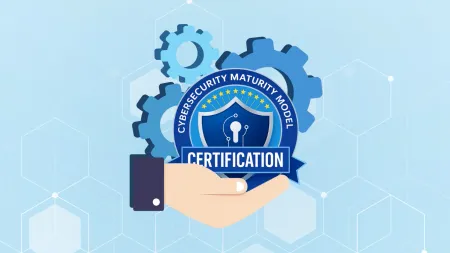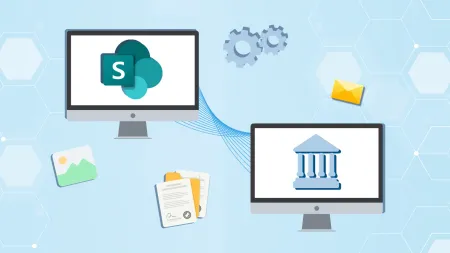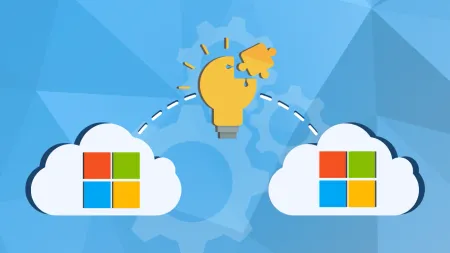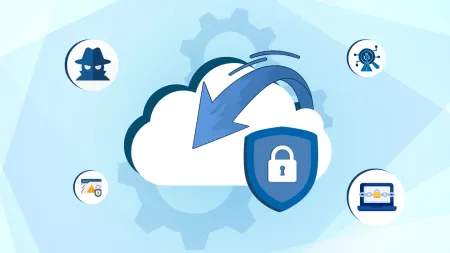Key Considerations Before Migrating to GCC High
Planning to move to GCC High? Explore critical technical, compliance, and operational factors your organization must consider before migrating to Microsoft 365 GCC High.

This is Post #4 of our GCC High Migration Planning & Readiness Series
If you missed the earlier posts, start here to get the full picture:
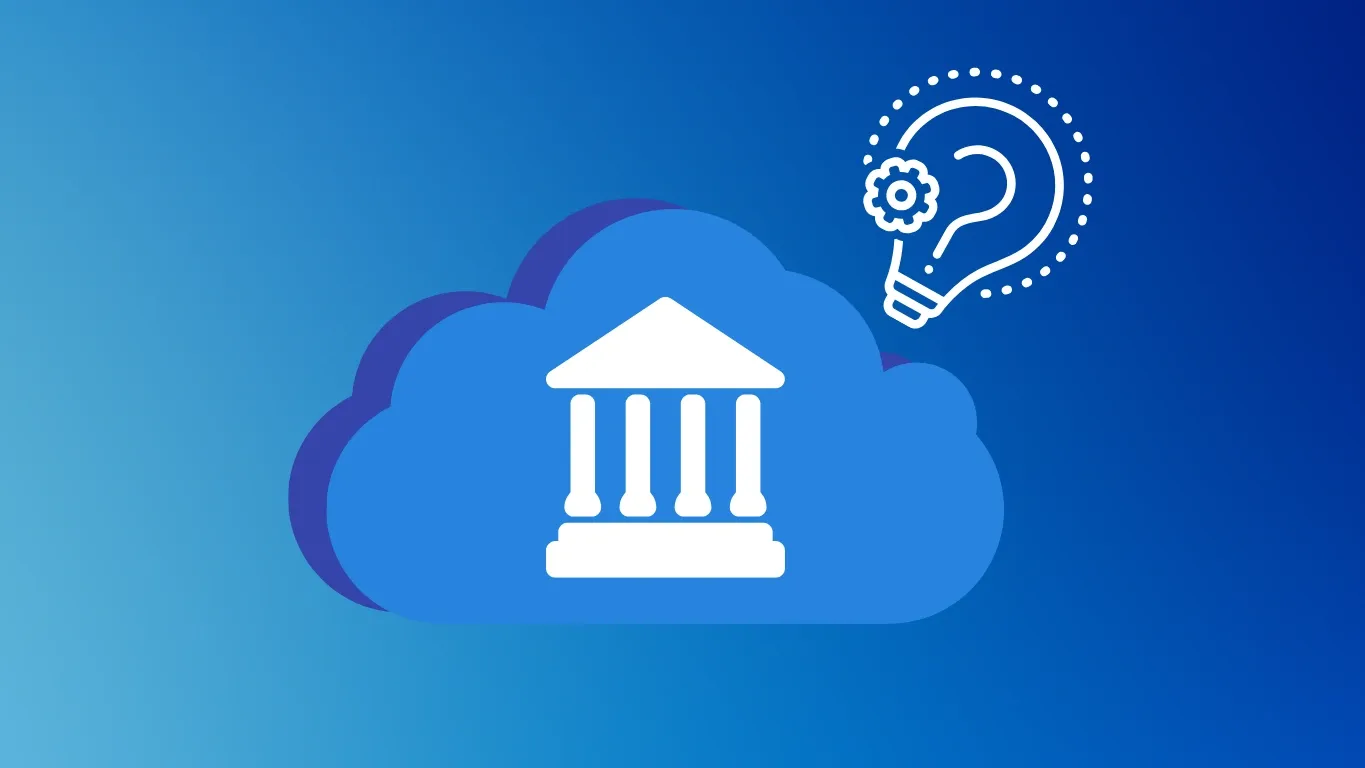
Microsoft Government Community Cloud High (GCC High) is a highly secure cloud environment developed by Microsoft specifically to meet the needs of government agencies and private organizations handling sensitive government data, such as controlled unclassified information (CUI). It is designed to help affected organizations, particularly those within the Defense Industrial Base (DIB), meet the strict security and compliance requirements outlined by the federal government in regulations such as DFARS, ITAR, CMMC 2.0, and NIST SP 800-171.
If your company has contracts with the federal government and you must comply with these regulations, then you may be planning to migrate from a Microsoft commercial tenant to GCC High. If this is the case, it is essential that you don’t rush into the migration process, as starting a migration unprepared can leave you vulnerable to a variety of migration complications, including increased costs, security risks, operational disruptions, compliance issues, and data loss or corruption. To help ensure your GCC High migration goes as smoothly as possible, keep reading as we go over a few key things you should consider before migrating to GCC High.
Understand Regulatory Drivers
Before migrating to GCC High, you must first understand the regulatory drivers that mandate the use of GCC High rather than Microsoft GCC or a standard commercial Microsoft license. Microsoft GCC High not only offers the most robust security and compliance features, but it is also built on Azure Government within dedicated US data centers. This ensures that all data resides within the U.S. and is supported by background-checked U.S. citizens. This means that if your organization handles ITAR or EAR data, then you need GCC High. GCC High is also a good option if you handle CUI that requires DISA (Defense Information Systems Agency) Impact Level (IL) 4 or higher, as GCC High is rated at DISA IL 5 and is FedRAMP High equivalent. Microsoft also recommends that organizations required to meet CMMC 2.0 Level 2 and Level 3 should deploy Microsoft GCC High. However, if you only need to maintain compliance with CMMC Level 1, DFARS 7012, or FAR CUI and you don’t need to maintain data residency within the US, then Microsoft GCC standard (not High) may be suitable for your organization.
This is why it is essential that you partner with an experienced Microsoft AOS-G partner when planning a GCC or GCC High migration. The fact is that choosing the right license is critical, as the wrong license could lead to you being out of compliance with federal cybersecurity regulations, which could result in fines, loss of contracts, and reputational damage. However, choosing a higher license than you need could be costly. The right migration partner can then play a critical role, as they can help you determine which license makes the most sense given your compliance requirements.
Validate Your Eligibility and Licensing Path
It is important to remember that not all organizations qualify to use GCC High, and you must validate your eligibility with Microsoft before you can even purchase a GCC High license. Access to Microsoft GCC and GCC High is limited to organizations that meet one of the following criteria:
- Federal Agencies
- U.S. State/Local Government Entities
- Federally Recognized Tribal Entities
- And Any Commercial Private Entity With Data Subject to Government Regulations
Government contractors and subcontractors may then be eligible to use GCC High if they handle CUI or other sensitive government data and can demonstrate to Microsoft a need to use GCC High to comply with regulations such as ITAR, EAR, and CMMC 2.0. Working with an AOS-G partner is crucial, as they can help you submit an eligibility validation application.
Once your application has been submitted, it will take 5–10 business days to receive validation from Microsoft. At this point, you will be able to choose your GCC High licenses. Yet, how will you know which license(s) your organization needs? Microsoft offers several GCC High licensing options, with the most common chosen by government contractors handling CUI being Microsoft 365 G3 and G5 licenses. Ultimately, which license you should choose will depend on your security and compliance needs. While both licenses offer enhanced security features for government agencies and contractors, Microsoft 365 G5 offers the most comprehensive security and compliance features, including advanced eDiscovery, advanced message encryption, data loss prevention, Microsoft Defender, and Microsoft Power BI Pro. Your AOS-G partner can assess your compliance and productivity needs to help you choose the best licenses for your team.
Assess Technical Requirements
Your next step will be to start preparing for your GCC High migration by assessing your technical requirements and preparing your network for the actual migration. This starts with reviewing the third-party applications you use, as not all applications are available in GCC High. It is then essential that you evaluate your existing integrations now so that you are not caught off guard if an app you currently use is not available in GCC High. By learning this now, you will have time to plan a workaround or test alternative apps before your migration. You should also start taking steps to ensure data security during and after the migration by creating a Systems Security Plan (SSP) and a Plan-of-Action and Milestones (POA&M) to ensure compliance. As part of your migration, you will also need to implement proper allowlisting of IP addresses to avoid connectivity issues, and you will need to have your team reconfigure their Multifactor Authentication (MFA) settings, as these settings cannot be migrated from a commercial tenant to GCC High.
Choose The Right Migration Approach
Before executing your GCC High migration, you should also take a moment to determine whether a cutover or staged migration approach would be best for your organization. These migration approaches differ significantly, and the one that will work best for you will depend on a variety of factors, including your organization’s size and your compliance requirements. In a cutover migration, all mailboxes are migrated to GCC High in a single transition over the course of a couple of days, making it one of the simplest migration approaches. Alternatively, staged migrations involve performing the transition in several phases. While there is no single migration approach that works for every organization, staged migrations are generally recommended for GCC High migrations due to the complexities of a GCC High migration and the security and compliance concerns that must be considered. The fact is that a staged migration allows you to take a more cautious, calculated approach, which can help minimize disruptions and ensure data integrity, which is essential when migrating sensitive government data.
Partner With a GCC High Expert
Perhaps the most important thing that you should do before migrating to GCC High is take the time to find an experienced GCC High migration partner. Choosing a GCC High expert with ample experience and a proven track record in handling GCC High migrations is essential in order to help streamline the migration process and ensure everything goes smoothly. The fact is that migrating to GCC High is an extremely complex process that requires careful planning to ensure data security and compliance. Fortunately, the right migration partner understands the critical nature of a GCC High migration and will have the knowledge and experience to walk you through this process efficiently and ensure that your team is prepared when migration day arrives.
If you’re looking for a Microsoft AOS-G authorized partner you can trust to walk you through your GCC High migration, look no further than Agile IT. As GCC High and compliance experts, our team can play a critical role in streamlining your migration process. We can help with everything from obtaining GCC High validation to helping you choose licenses and helping you comply with necessary government regulations, including DFARS, FAR CUI, and CMMC. Contact us today to learn more about our GCC High migration services and how our team can help make this transition as easy as possible for your organization.
